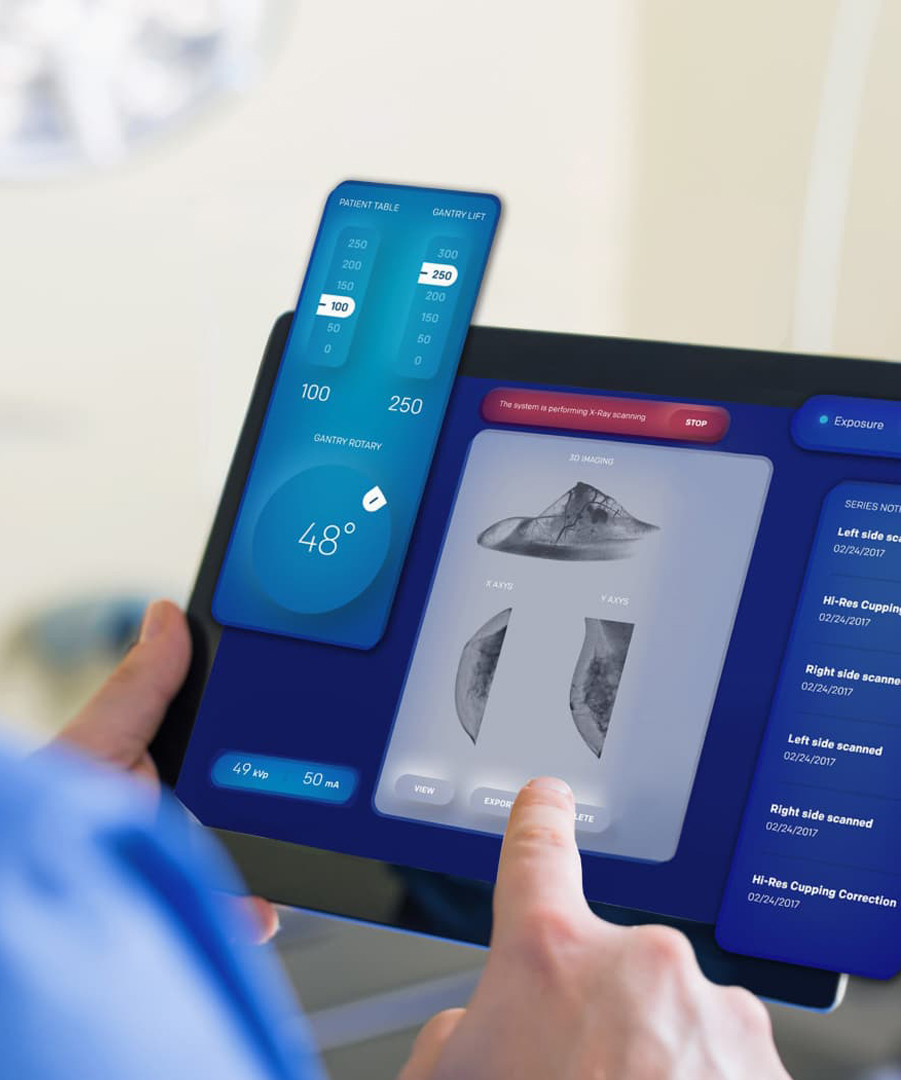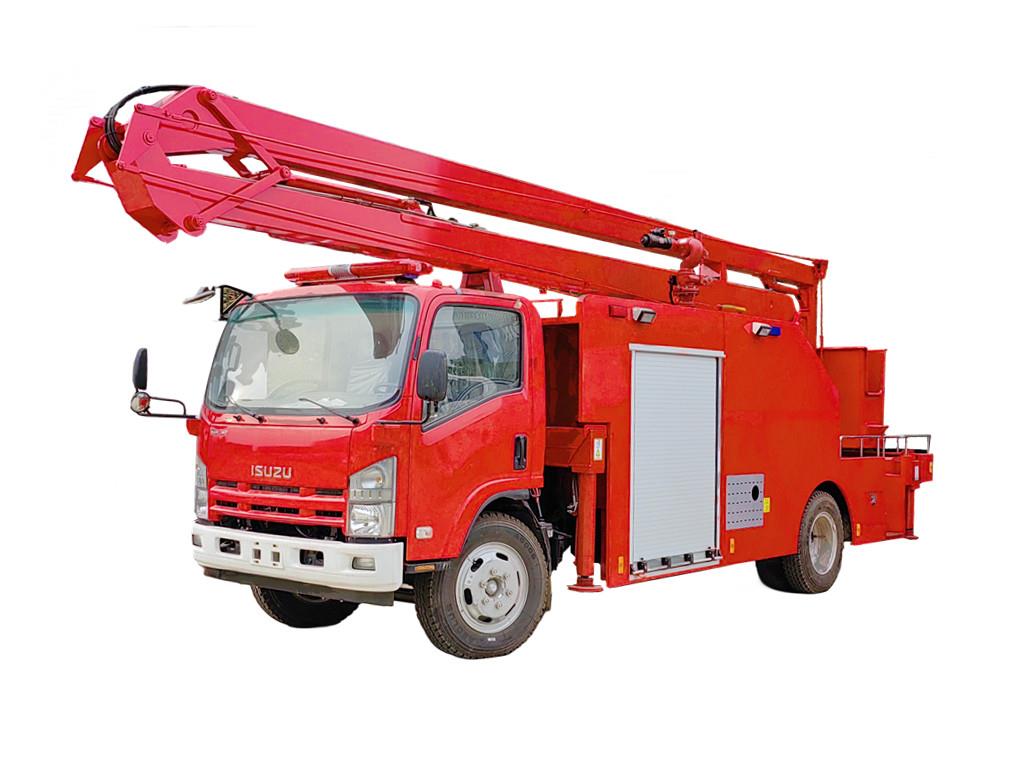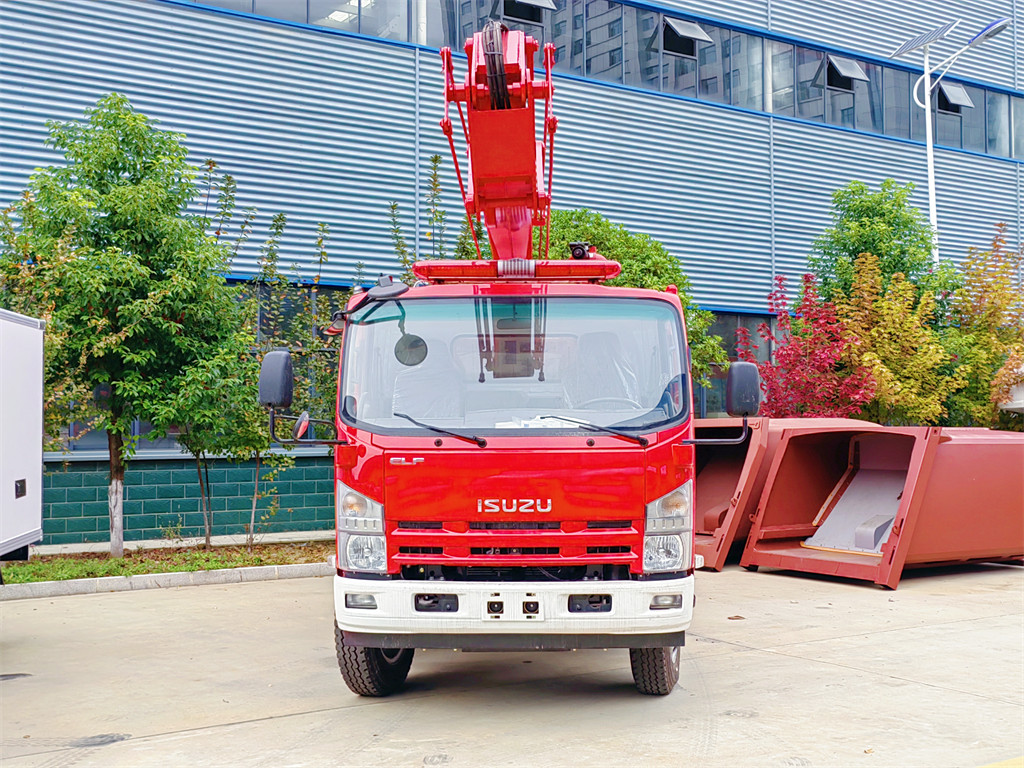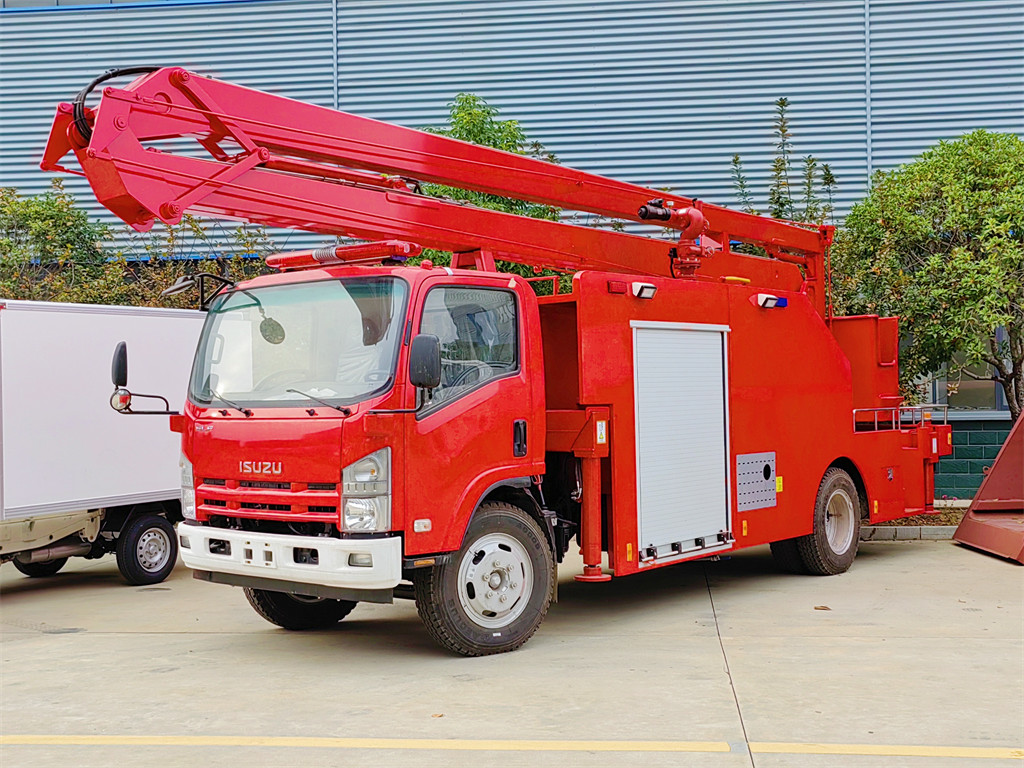


New Isuzu Aerial platform rescue fire truck is a multi-purpose rescue fire truck that is fully hydraulically driven, full-slewing, and a combined arm type, and is equipped with a high-spray truck, a platform-lifting vehicle, and a rescue vehicle. The vehicle is widely used in high-altitude fire rescue operations in cities, factories, mines, ports, and other places. It is the first choice for extinguishing high-rise building fires, rescue personnel in distress and rescue of property.
Truck Model:
PST5120GXFGTanker Structure:
5000L waterWork capacity :
18M working HeightWheelbase:
4475mmAxle drive:
4x2, LHDEngine Power:
190HPEngine Model:
ISUZU 4HK1Fire Pump:
CB10/30, 30L/SRemark:
Foam tank can be also optional18M Aerial bucket Fire truck Isuzu, also named Aerial platfor rescue fire truck Isuzu or Isuzu rescue fire vehicle with platform: The perfect combination of 18-meter aerial work platform and efficient fire extinguishing。
This Isuzu bucket type water tank fire truck breaks through the traditional design framework, integrating a 5-cubic-meter water storage system with an 18-meter foldable working platform, creating a new paradigm of functional integration for medium-sized firefighting equipment. Different from the complex structure of a ladder truck and the single function of an aerial platform truck, this model achieves simultaneous firefighting and rescue operations through modular design, and is particularly suitable for firefighting scenarios such as communities and industrial parks that require both cost and efficiency.

2 Core technical parameters and function analysis
Water tank fire extinguishing system
Double-layer stainless steel tank equipped with high-pressure centrifugal pump, supporting flow output of more than 30L/s
Equipped with multi-specification hose interfaces, it can quickly connect to municipal fire hydrants to extend water supply time
Integrated water cannon remote control system realizes precise fire extinguishing
Aerial work platform
Three-section hydraulic telescopic arm structure, with a maximum deployment angle of 160°
Explosion-proof lighting and emergency escape system ensure safety of night operations
The platform's carrying capacity meets the needs of two-person collaborative operation
Intelligent chassis system
Optimized wheelbase design to achieve a turning radius within 8 meters
Electric outrigger system completes parking preparation in 30 seconds
Engine dual-mode output takes into account both driving and on-site operations
| Vehicle Parameters | |
| Vehicle Brand | ISUZU NPR series |
| Curb Weight(kg) | 6200 |
| Engine Power(kw) | 139 (190HP) |
| Gearbox | 6 Speed Manual Transmission |
| Vehicle Size (mm) | 7290x2200x2950 |
| Number of Axles | 2 |
| Wheelbase (mm) | 3815 |
| Number of Tires | 6 |
| Tire Size | 8.25R20 |
| Front/Rear Axle | 5Tons /7Tons |
| Brake System | Automatically Air-Cut Brake |
| Technical parameter | |
| Tank Volume(m³) | 5m³ water +18 working platform |
| The Number of Passengers Allowed in The Cab | 3 |
| Fire Pump Flow(L/s) | 30 |
| Maximum Suction Height of The Pump(m) | 7 |
| Fire Water Cannon Range(m) | water≥55 |
| Water Gun Rotation Angle | Horizontal 360° Rotation, Pitch -35° To 70° Rotation |




3 Core competitive advantage
3.1 Complexity of functions
Can simultaneously perform diversified tasks such as fire fighting on 6-story buildings, demolition of equipment layers, and billboard maintenance
3.2 Economic advantage
The purchase and maintenance costs are more than 50% lower than those of professional climbing equipment, and the annual maintenance costs are controlled in the range of thousands of yuan
3.3 Ease of operation
One person can complete the operation preparation within 3 minutes, and the intelligent diagnosis system monitors the equipment status in real time
4 Typical application scenarios
Scenario type Solution Efficiency improvement
Community fire Ground suppression of fire + high-altitude personnel transfer Shorten rescue time by 40%
Factory accident Equipment layer cooling + structural demolition Improve disposal efficiency by 3 times
Municipal maintenance High-altitude facility inspection + ground collaborative operation Reduce labor costs by 70%
5 Maintenance system
Three-level maintenance system
Daily rapid testing, monthly system maintenance, and annual comprehensive overhaul form a complete life cycle management
Global accessories network
48-hour emergency supply of core components, regional shared warehouses reduce inventory pressure
6 Market positioning and development prospects
This model is precisely positioned to meet the needs of urbanization construction in developing countries, and is particularly suitable for municipal fire upgrade and renovation projects. With the improvement of international safety standards, composite equipment with both fire extinguishing and limited height rescue functions is becoming the mainstream choice in the medium-sized fire truck market. The technical parameters have passed a number of international certifications and are suitable for Southeast Asia, the Middle East, Africa and other regions with diverse climates.
Isuzu bucket Rescue Fire truck maintenance and repair common sense guide
1 Daily cleaning and appearance maintenance
Body and chassis cleaning
After each mission, use a high-pressure water gun to remove dirt on the surface of the vehicle body, focusing on cleaning key parts such as the fire hose interface and foam nozzle to prevent corrosion.
Check the reflective logo and warning lights of the vehicle body every week to ensure visibility of night operations.
Internal equipment maintenance
Clean the dashboard, seats and equipment box in the cab regularly to keep the operating environment clean.
Check the fixed status of the equipment on the vehicle (such as fire axes and demolition tools) every month to prevent it from falling off during driving.
2 Mechanical system maintenance
Power system maintenance
The engine needs to replace the oil and filter element regularly, and check the freezing point value of the coolant at the same time. Antifreeze coolant should be used in cold areas.
The gearbox and power take-off are supplemented with special lubricating oil every quarter, and the gear meshing status is checked.
Brake and suspension system
Check the thickness of the brake pads every month, and replace the brake oil immediately if the water content exceeds the standard.
Regularly lubricate the suspension system springs and shock absorbers, and check the tire pressure and wear.
3 Maintenance of fire-fighting equipment
Water tank and fire extinguishing system
Drain the residual water in the pump after each use to prevent ice from damaging the seals in winter.
Clean the foam tank regularly and thoroughly, and flush the pipeline with clean water before changing different types of foam liquid.
Aerial working device
Lubricate the hinge points of the folding arm every month and check whether the hydraulic oil pipe is leaking.
Perform non-destructive testing on the bearing structure of the climbing platform every year to ensure that there are no cracks in the metal parts.
4 Electrical system and safety device
Onboard electronic equipment
Test the functions of the alarm, lighting, and communication equipment every week, and apply antioxidants to the battery electrodes regularly.
Intelligent control systems (such as water cannon remote control modules) regularly upgrade software and calibrate sensor accuracy.
Emergency safety device
Test the emergency braking system and automatic parking function every month to verify the stability of the H-type outriggers.
Escape ladders, emergency hammers and other devices are regularly checked for fixed status and effectiveness of use.
5 Periodic in-depth maintenance
Annual comprehensive inspection
Including fire pump rated flow test, lifting equipment stability verification, vehicle sealing test.
For older vehicles, chassis rust detection is added, with a focus on beam welding points.
Special environment response
Vehicles in coastal areas are subject to additional chassis anti-salt spray treatment every month, and vehicles operating in chemical areas need to strengthen explosion-proof electrical component testing.